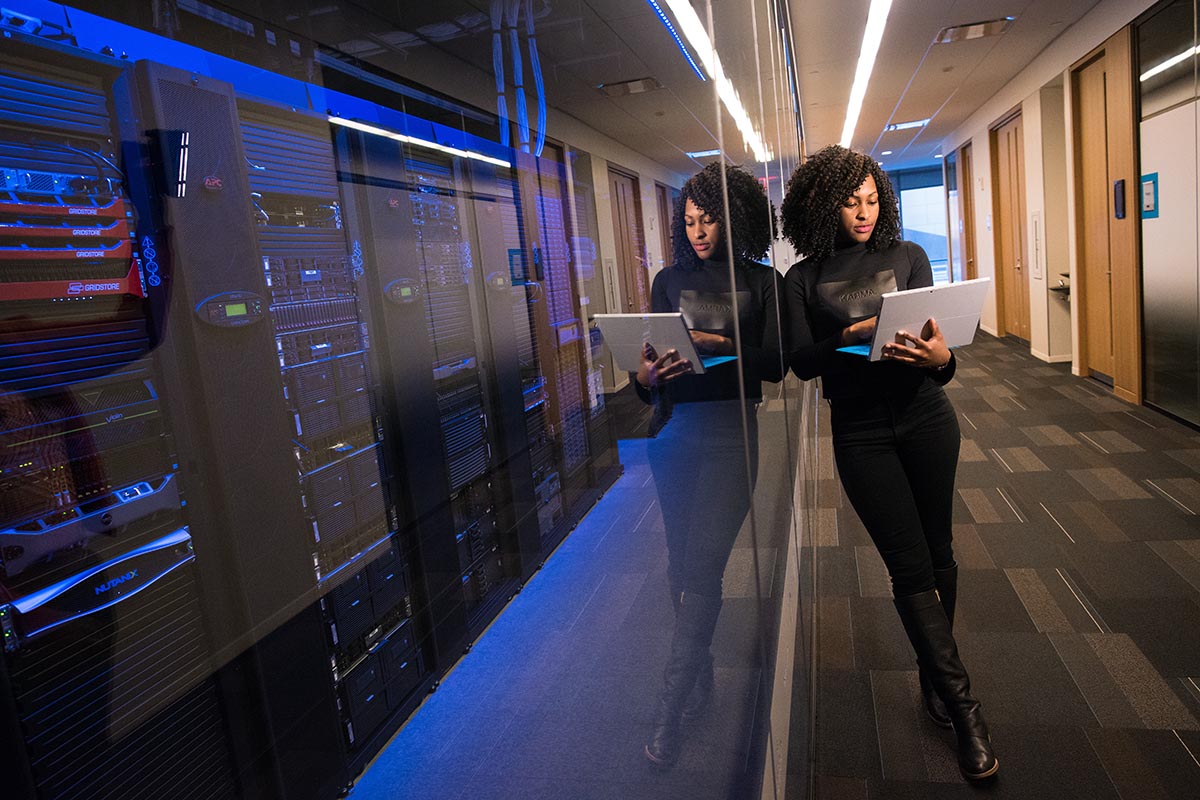The Five Cornerstones Of Good Business Data Security
No one at the head of a business that relies heavily on technology should be surprised that their IT scope is going to need protection.
However, if you want to make sure that you’re covered in all of the primary protections you can afford your system, or you don’t know where to start, here are the five main cornerstones you should keep in mind when maintaining your business network security.
Control
One of the most important things is to make sure that no one can get into the data that they shouldn’t be able to access in the first place. Access control is effectively how you can determine who can access what data, through what tools, and what ability they have to edit, manipulate, download, upload, or share data through those tools.
It’s also important to consider how much authentication they need of their identity before giving access to any of that data. For instance, two-step authentication can have them be sent an access code through a chosen method of communication, be it by email or text, that they have to enter before they can access the software or data.
Business Data Security: Training
The vulnerability that typically opens your IT scope to attack or infiltration is not always some weakness in your security or network. Instead, it is often the people who use those systems that can leave them open to breaches. As such, you have to be sure that you’re training your team in data security.
Aside from simple mistakes like leaving their terminals logged in when they’re not at their desk and password protection, you should also teach them about how would-be criminals will attempt to get the info they need from them.
This includes teaching them about things like phishing scams or other steps criminals might use to trick your own team into revealing the sensitive information needed to access your systems.
Penetration
As mentioned, it’s your people who can be the vulnerability of your system as often as it is some weak point in your existing security scope.
However, that doesn’t mean that it’s always the case. There’s a prevailing thought in cybersecurity that if someone really wants to do it and they are given enough time, there isn’t much that you can do to stop them from eventually penetrating an IT setup.
As such, the best way to approach it is to make it as complex for them as possible. A vulnerability scanner can help you do that by allowing you to see the points that are most likely to be targeted due to their weakness.
You can then effectively plug up the gaps, making it more and more difficult for someone to get into your system.
Business Data Security: Detection
As mentioned, someone may eventually be able to get into your system as much as you do to protect it. When that happens, shutting their access down as quickly as possible becomes the key.
This can work by shutting down the entire network if need be, but certain parts of your network may have the ability to close off from the others so that you can isolate any threat or breach.
In order to do that as quickly as possible, however, you need to make sure that you have breach detection tools set up and, more importantly, people to monitor the system and spot would-be intruders as quickly as possible. This is the best way to mitigate the damage of a successful breach.
Technology
Of course, there’s going to be security technology that you will want to implement. This can include software such as anti-malware software to help protect your data, as well as firewalls that can help to prevent people from gaining access to your network. Remote working teams also need to consider what tech they should use to protect a decentralized IT scope.
For instance, you might want to provide your workers with VPNs so that they can access work resources with encrypted connections, just to make sure that no one else can “eavesdrop” on the data they are sending or receiving. If you’re not certain which technologies you should be using, consulting an IT security specialist is recommended.
Most important is that you stay up to date with the latest in network and data security. New threats are going to evolve, as are new safeguards, so keep an eye on the trends and what you can do to stay abreast of them.




















